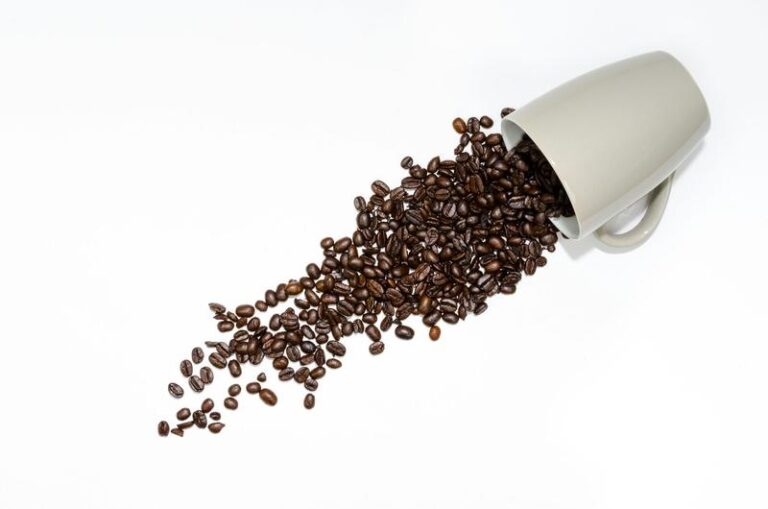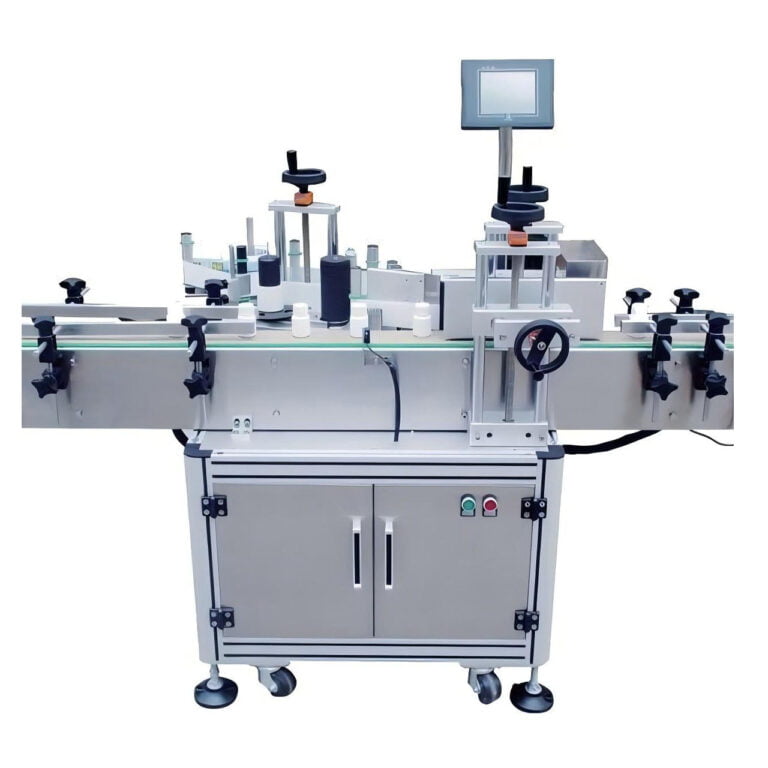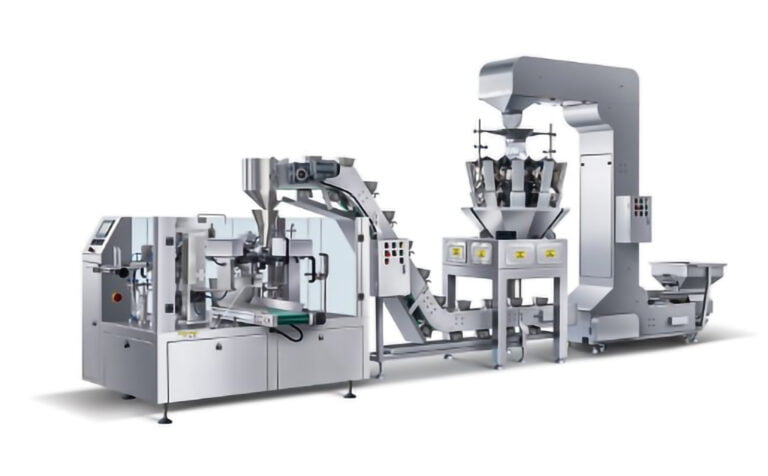
Learn about the benefits of pickle packing machines, including increased production speed, consistency, and reduced waste. Find out how to choose the right machine for your needs and measure the ROI. Download our free ROI calculator now.
Introduction
A pickle filling machine is also called a pickle packing machine. The machines are automated systems that help pickle producers fill jars,pouch or bottles with pickled products in a fast and consistent manner. They help pickle companies significantly increase their production output while maintaining high quality. Without pickle-packing machines, companies would have to fill jars , pouches and bottles by hand which is a much slower and labor-intensive process.
The main benefits of pickle-packing machines are:
- Speed – Pickle packing machines can fill hundreds or thousands of jars per hour, much faster than humans can fill by hand. This allows pickle producers to scale up their operations efficiently.
- Consistency – The filling mechanisms of packing machines ensure a consistent amount of pickles are filled in each jar. This provides a more uniform product and experience for customers. Filling by hand can lead to inconsistencies.
- Labour savings – Automated pickle packing machines require far less human labour to operate compared to hand-filling jars. This saves companies significant costs on labour expenses.
- Less waste – The precision mechanisms of pickle packing machines help minimize overfilling of jars and product loss, saving companies money on ingredients and supplies.
Type Of Pickle Packing Idea
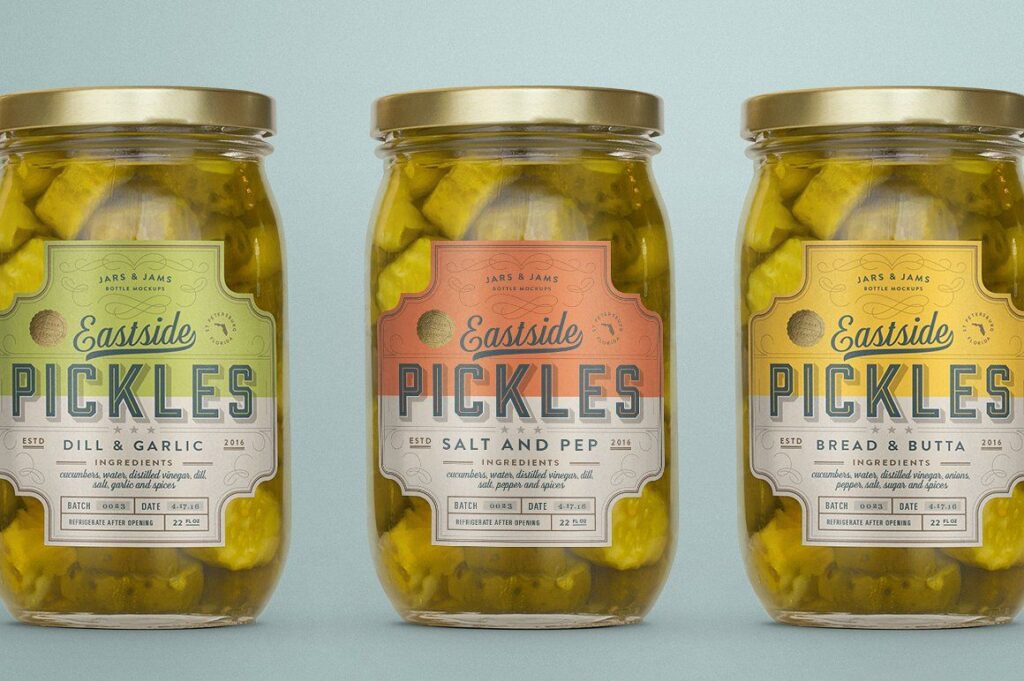
Pickle Packing Bottles
- Clear or coloured plastic bottles provide buyers with a visible look at the product
- Easy to stack and store on shelves
- Can feature tamper-evident caps for protection
- Use amber bottles to protect from light exposure
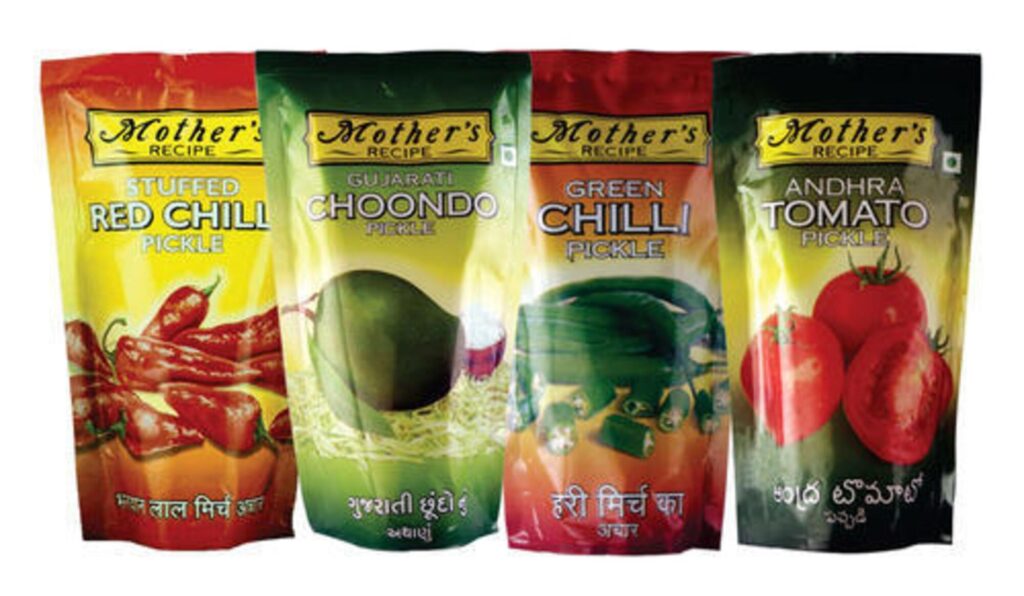
Pickle Packing Pouches
- Flexible laminate or plastic pouches use less material
- More environmentally friendly packaging option
- Allows customers to reseal and use a portion of the product at a time
- Pouches can be flattened to reduce storage space
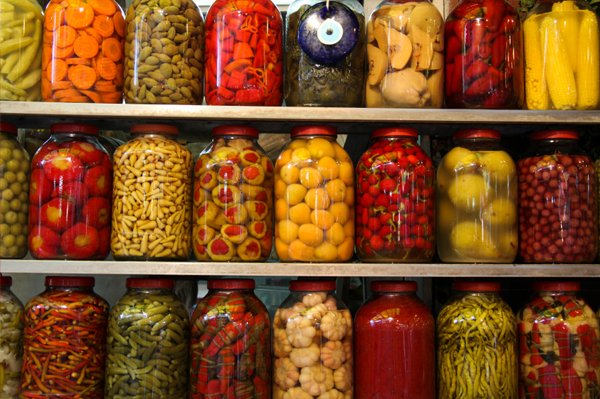
Pickle Packing Jars
- Traditional packaging for pickles that customers expect
- Durable glass jars provide a barrier from outside elements
- Wide-mouth jars make it easy to access pickles
- Can include pickle juice inside the jar for added flavour
Additional Ideas:
- Variety packs with multiple jar sizes
- Gift sets with accompanying products like bread and cheese
- Stand-up pouches for squeezable pickle relish
- Recyclable and compostable packaging options
- Branded labels that highlight the story and recipe
Things to Consider:
- Cost of different packaging types
- Ease of use for consumers
- Machine requirements for automation
- Brand image and positioning
- Sustainability goals
Type Of Pickle Packing Machine
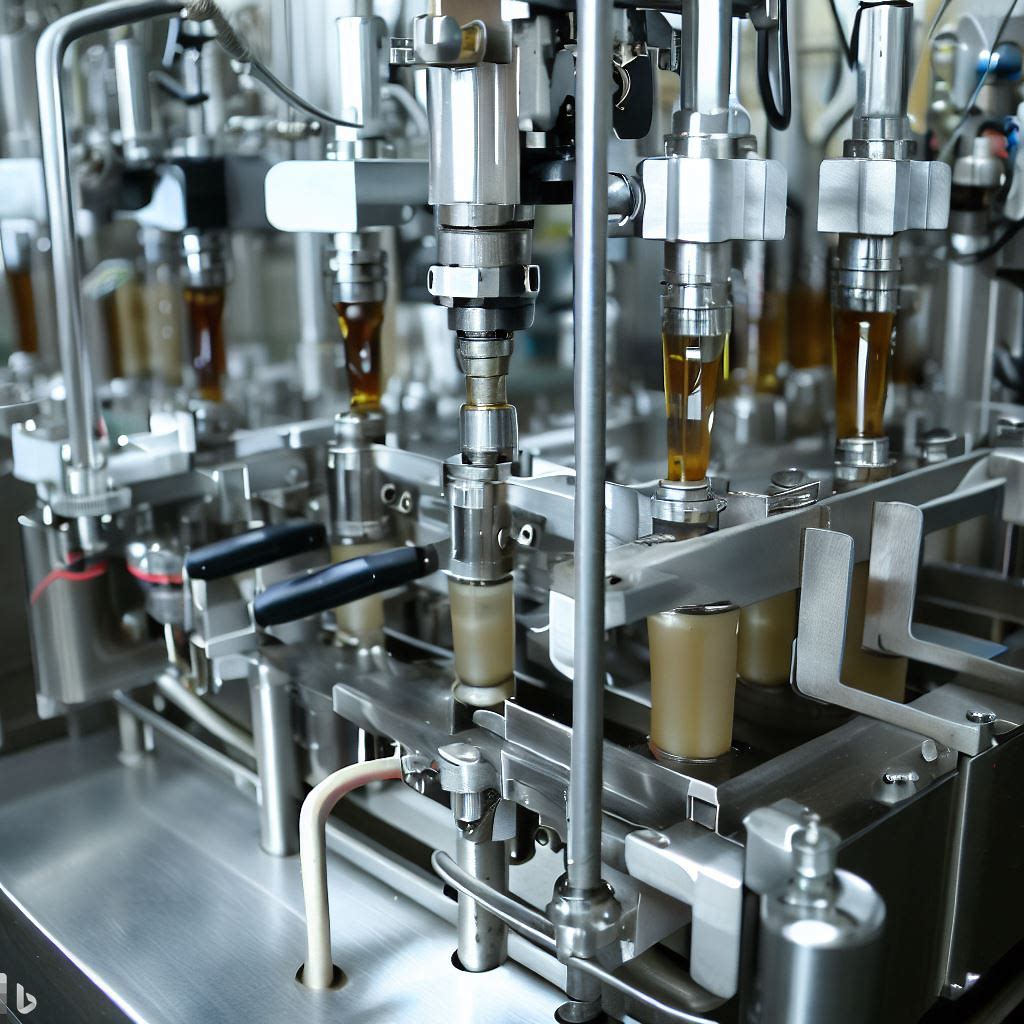
Pickle Jar Packing Machines
These are the most common type of pickle packing machines. They automate the filling of glass or plastic pickle jars with pickled cucumbers, eggs, peppers, onions and other vegetable products.
Pickle pouch packing machines
These machines fill plastic or laminate pouches with pickled products like chips, vegetable slices or relish. Pouch packing machines offer higher speeds and often more compact designs compared to jar fillers.
Pickle bottle packing machines
These systems fill plastic bottles with pickles and pickle brines. They tend to be specifically designed to accommodate different bottle sizes and shapes. They often feature volumetric or piston fillers for accuracy.
Benefits of Automated Packing
Increased Production Speed and Efficiency
Automated packing lines can fill containers at much higher speeds than manual packing. This enables pickle producers to dramatically increase their output and scale up operations efficiently. Automation ensures a continuous packing process with few interruptions or bottlenecks.
Reduced Product Loss and Waste
The precision mechanisms of automated packing systems help minimize overfilling of containers and spilling of product. This leads to less pickle waste during the packing process. Less product is thrown away, saving the producer money on ingredients and supplies.
Improved Consistency and Quality of Packaging
Automated packing machines apply a consistent fill weight to each container. This provides a more uniform product and experience for customers. With manual packing, the amount filled into each jar can vary, impacting consistency and quality.
Labor Cost Savings
Automated packing lines require fewer operators to run than a manual packing process. This means automated systems can significantly reduce the amount spent on labor costs for packing operations. The savings on labor expenses often justifies the initial investment in automation.
Other potential benefits:
- Higher product shelf life due to consistent vacuum or modified atmosphere sealing
- Improved traceability and product information tracking capabilities
- Integration with upstream and downstream automation for an end-to-end automated solution
How Pickle Packing Machines Work
Main Components:
- Feeding system – Moves empty containers like jars, pouches or bottles into the machine. Can use conveyors, star wheels or other mechanisms.
- Filling system – Precisely fills the containers with pickled products. Common types are volumetric, piston and gravimetric fillers.
- Lidder/Capper – Applies lids or caps to the filled containers to seal them. Uses either mechanical or vacuum powered cappers.
- Labelling station – Automatically applies labels with product and brand information to the packed containers.
- Quality control – Uses sensors, cameras and weighing systems to inspect filled containers for defects or incorrect fill weights.
The Packing Process:
- Empty containers are fed into the machine via the feeding system. Jars, pouches or bottles are oriented correctly for filling.
- The filling system then dispenses a precise amount of pickled product into each container based on the selected fill weight. Volumetric fillers measure the amount dispensed while gravimetric fillers weigh the filled container.
- The ladder or capper section then applies the appropriate lid or cap to seal the filled container. For jars, a metal lid is crimped on. For pouches, the opening is heat-sealed.
- An automatic labelling machine then prints and applies a label to the packed container.
- The filled and labelled containers pass through a quality control inspection to detect any issues like underfilling, overfilling or mislabeling. Defective containers are removed from the line.
- Filled containers are discharged from the machine for packaging and shipping.

Key Factors When Choosing a Packing Machine
Production Requirements – What is your current and future production volume? How many containers do you need to fill per minute or hour? The packing speed and throughput of different machines can vary widely. Choose a machine that can meet your current needs and has extra capacity for future growth.
Packaging Style – What type of containers will you be filling – jars, pouches, cups, bottles? Make sure the machine you select can properly accommodate and fill the specific packaging format. Features like extra wide filler heads for jars or pouch sealers will vary by machine.
Budget – Packing machines span a wide range of prices depending on features, speeds and capacities. Define a realistic budget that allows for the key functions you require while leaving room for upgrades in the future. Consider the potential return on investment from labor savings, higher yields and reduced waste.
Scalability – Will you need to increase production volumes significantly in the coming years? Look for a packing machine that can be expanded with additional filling heads, conveyor lines and other components. A scalable design will future-proof your investment and accommodate growth.
Other factors:
Ease of use – How user-friendly is the machine interface? What training will operators require?
Maintenance needs – What is the recommended maintenance schedule? Are parts and services widely available?
Warranty – What is covered under warranty and for how long?
Support – What customer support and service is available from the manufacturer?
Measuring the ROI of a Packing Machine

Cost Savings
Labour – How much will the machine reduce your packaging labour costs? Calculate the potential savings based on the number of operators no longer needed and their hourly wages.
Reduced Waste – By how much will the machine lower product loss during packing? Value the savings in ingredients and packaging materials no longer discarded due to inconsistent manual packing.
Together, labour and waste cost reductions can provide significant ongoing savings that contribute to the ROI of a packing machine.
Increased Revenue
Higher Output – How much will the faster speeds and higher throughput of the machine increase your production volume? Value the additional units packed and sold due to the increased capacity.
Expanded Distribution – Can the higher output enable you to supply more distributors and retailers? Estimate the potential revenue gain from selling to more channels.
Faster revenue growth through higher packing speeds and volumes is another key way machines can improve your overall ROI.
Payback Period
Divide the total cost of the packing machine by your estimated annual net savings (costs reduced plus additional revenues). This calculates how many years it will take for the machine’s costs to be “paid back” through impacts on your financials.
A payback period of 3 years or less is generally considered good. Under 2 years is very favourable. But each business has different targets and timelines.
Other factors can also impact your ROI calculation, like:
- Reduced giveaways due to more consistent product
- Potential price increases from improved product reputation
- Increased consumer lifetime value from a better brand experience
Download Your Free Packing Machine ROi Calculator Here.
FAQ
Q: What types of pickle filling machines are discussed in the guide?
A: The guide likely covers different types of machines for filling jars, pouches, and bottles with pickled products.
Q: How do these machines improve production efficiency?
A: They automate the filling process, increasing speed, ensuring consistency, and reducing labor costs.
Q: What are the key benefits of using automated pickle packing machines?
A: Benefits include increased production speed, consistent filling, labor savings, and less waste.
Q: What factors should be considered when choosing a pickle packing machine?
A: Consider production requirements, packaging style, budget, scalability, ease of use, and maintenance needs.
Conclusion
Automated pickle packing machines provide numerous benefits that can significantly improve your pickle production operation. From higher output and labour savings to reduced waste and more consistent products, packing machines offer a compelling value proposition for pickle producers looking to scale up efficiently.
If you’re ready to take your pickle production to the next level through automation, I encourage you to evaluate the various options for packing machines suited to your specific packaging style and production needs. Reach out to multiple manufacturers, request demonstrations and quotes, and build a business case analyzing the potential impact on your financials and operations.
Lintyco is a pioneer and leader in automated Pickle Filling Machine and end-to-end packaging systems. Lintyco’s innovative packaging solutions for food, pharma, and other applications are complemented by advanced solutions for secondary packaging, wrapping & cartoning, bulk packaging, and more. Whether you are looking for a new machine or a complete line, or if you just want to upgrade your current packaging machine, talk to Lintyco. As experts of the industry with over three decades of proven expertise, Lintyco will provide the optimal solution backed by excellent consultancy and support.



